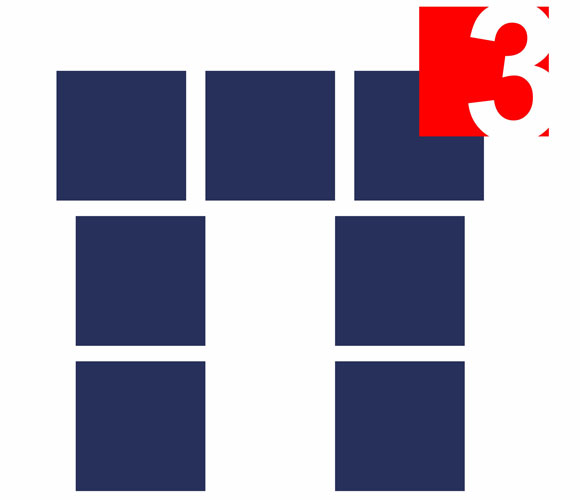T3: Data analysis and image processing
Format
Block course, 2 weeks
Contents
Basic image processing tasks: denoising, compression, edge detection, inpainting, data fusion; key approaches in image processing: time-frequency and time-scale analysis, dictionary learning, variational methods, patch-based methods; basic machine learning tasks: classification, clustering, unmixing, dimensionality reduction; selection of machine learning methods: PCA, k-means clustering, neural networks, SVM, Bayesian methods.
Concepts
The purpose of the class is to introduce basic image processing and machine learning tasks, coupled with a selection of techniques to complete said tasks. The course is by no means meant to be comprehensive but should give a flavour of different approaches and problems. The first week will be dedicated to image processing. Harmonic-analysis-based, variational, and patch-based methods are common ways to approach many different image processing activities and will all be covered, with special attention given to harmonic analysis, which includes both model-based time-frequency and time-scale analysis as well as data-based dictionary learning. The second week will concern rudimentary machine learning. Essential tasks which will be covered include classification, clustering, unmixing, and dimensionality reduction. A handful of representative algorithms, like PCA, k-means clustering, neural networks, SVM, and Bayesian methods will be covered.
Basic texts
- S. Mallat. A Wavelet Tour of Signal Processing, Third Edition: The Sparse Way. Academic Press, 2008.
- M. Kirby. Geometric Data Analysis: An Empirical Approach to Dimensionality Reduction and the Study of Patterns. Wiley-Interscience, 2000.
- P. Flach. Machine Learning: The Art and Science of Algorithms that Make Sense of Data. Cambridge University Press, 2012.

